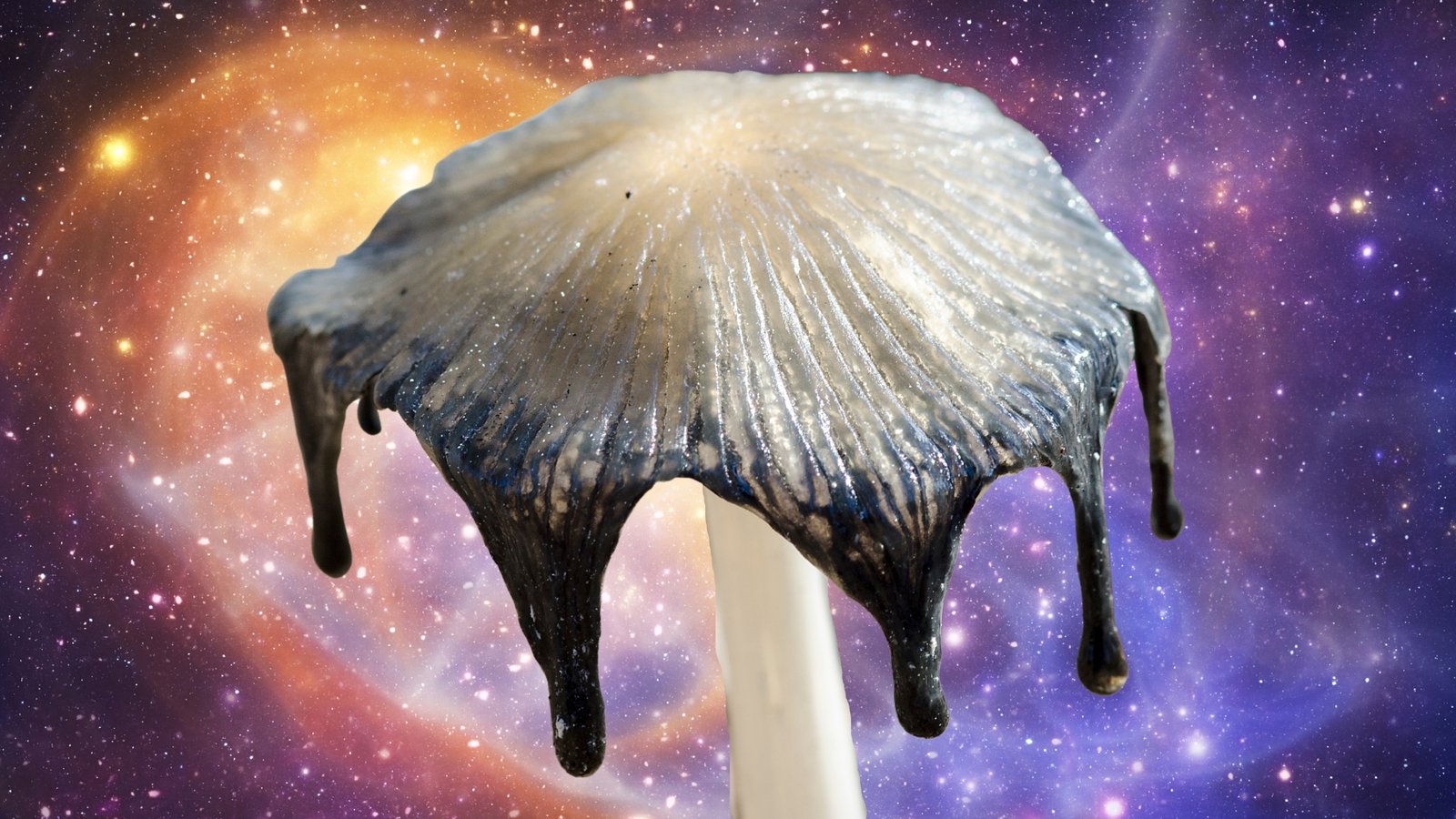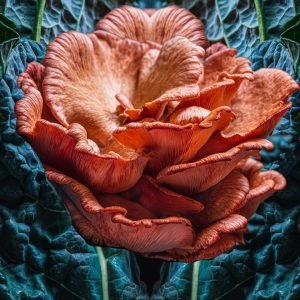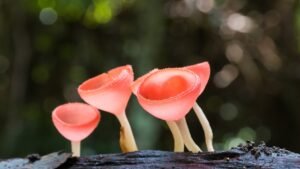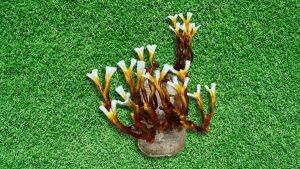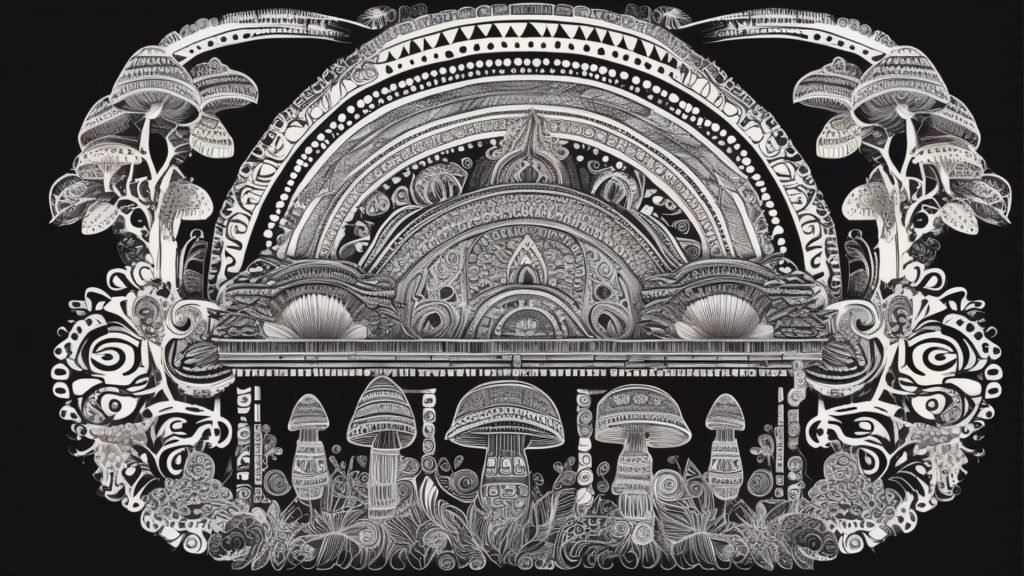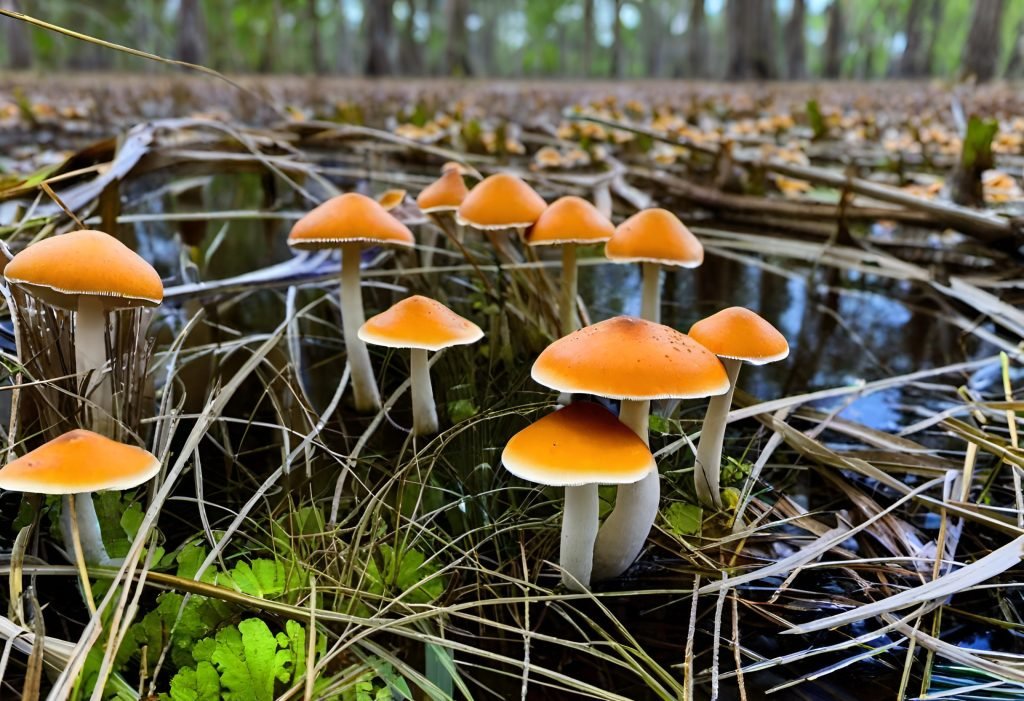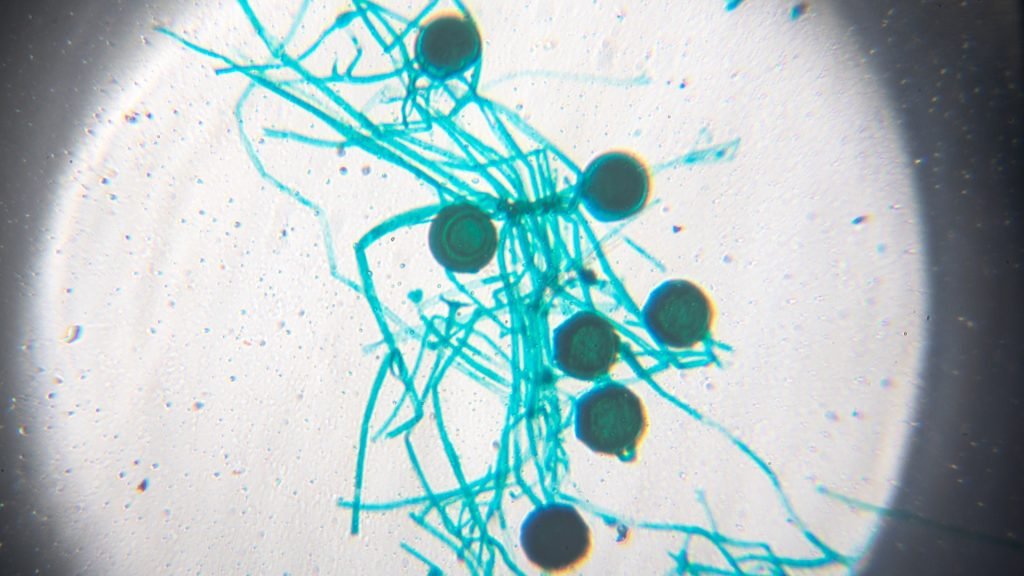Mycology, the scientific study of fungi, unfolds an array of fascinating revelations about these humble organisms. They play vital roles in ecosystems, help nourish other forms of life, and even harbor the potential to heal our planet from pollution and waste. A critical aspect of this potential lies in mycoremediation, the process through which fungi help detoxify and restore polluted environments. This article delves into the art of mycoremediation, highlighting how certain mushroom species contribute to this ecological revolution.
Understanding Mycoremediation:
At its core, mycoremediation is a form of bioremediation that leverages the natural abilities of fungi to break down complex substances into simpler, less toxic components. Some fungi possess powerful enzymes and acids that can degrade pollutants like pesticides, heavy metals, and oil spills. They can transform these hazardous materials into harmless substances, ultimately reintegrating them into the environmental cycle as non-toxic elements.
Mushrooms: Nature’s Cleanup Crew:
Several mushroom species have shown remarkable proficiency in mycoremediation. Among them, Oyster mushrooms (Pleurotus ostreatus) are particularly notable. Capable of thriving in oil-soaked environments, Oyster mushrooms can break down the complex hydrocarbons found in petroleum into simpler, less harmful compounds. Once they have done their cleanup work, these mushrooms serve as a food source for other organisms, thus transforming a site of contamination into a thriving micro-ecosystem.
Similarly, species like Turkey Tail (Trametes versicolor) and Shaggy Mane (Coprinus comatus) can metabolize a wide array of pollutants, including dyes, heavy metals, and persistent organic pollutants, thanks to their rich enzymatic profile.

The Power of Mycelium:
The mycelium, the vegetative part of a mushroom, plays a crucial role in mycoremediation. Comprising a network of tiny, thread-like cells, the mycelium acts like a biological net that extends into the soil, capturing pollutants, and breaking them down. Mycelium’s vast network not only detoxifies the immediate environment but also enhances soil health by improving its structure and nutrient content.
Applying Mycoremediation:
The application of mycoremediation can vary based on the type of pollution and the environmental conditions of the site. In many cases, mycelium-infused straw or wood chips are spread over the polluted area, creating an environment conducive to mycelial growth. This living mat then works its magic, breaking down pollutants and gradually restoring the health of the area.

The Power of Mycelium:
The mycelium, the vegetative part of a mushroom, plays a crucial role in mycoremediation. Comprising a network of tiny, thread-like cells, the mycelium acts like a biological net that extends into the soil, capturing pollutants, and breaking them down. Mycelium’s vast network not only detoxifies the immediate environment but also enhances soil health by improving its structure and nutrient content.
Applying Mycoremediation:
The application of mycoremediation can vary based on the type of pollution and the environmental conditions of the site. In many cases, mycelium-infused straw or wood chips are spread over the polluted area, creating an environment conducive to mycelial growth. This living mat then works its magic, breaking down pollutants and gradually restoring the health of the area.
Recommended Reads:
Pink Oyster (Pleurotus Djamor)
Scientific Name: Pleurotus Djamor COMMON NAME(S): Pink Oyster | Salmon Oyster | Indian Oyster |...
Read More...The Eco-Warriors: How Fungi Like the Pink Burn Cup Help Our Planet
About This Article: Meet the eco-warriors of the forest! 🌳🍄 Discover how fungi like the...
Read More...The Vibrant World of Trametes Versicolor
In the eclectic ensemble of fungi, the Turkey Tail mushroom (Trametes Versicolor) stands out with...
Read More...Antler Reishi (Ganoderma Multipileum)
Ahoy, Patrons and spore enthusiasts! Welcome to the scientific soiree of the Antler Reishi, where...
Read More...Whoa there, Spore Sport! 🍄 Looks like you’re not logged in yet. Don’t you know what you’re missing? MYCO-CREDITS! Imagine all the fungal fun you could have. It’s like finding a Morel in May and not picking it. Tragic, right? Log In or Become a Myco-Patron and start racking up those credits. It’s more rewarding than finding a mushroom in your backyard! 🌟🏡

